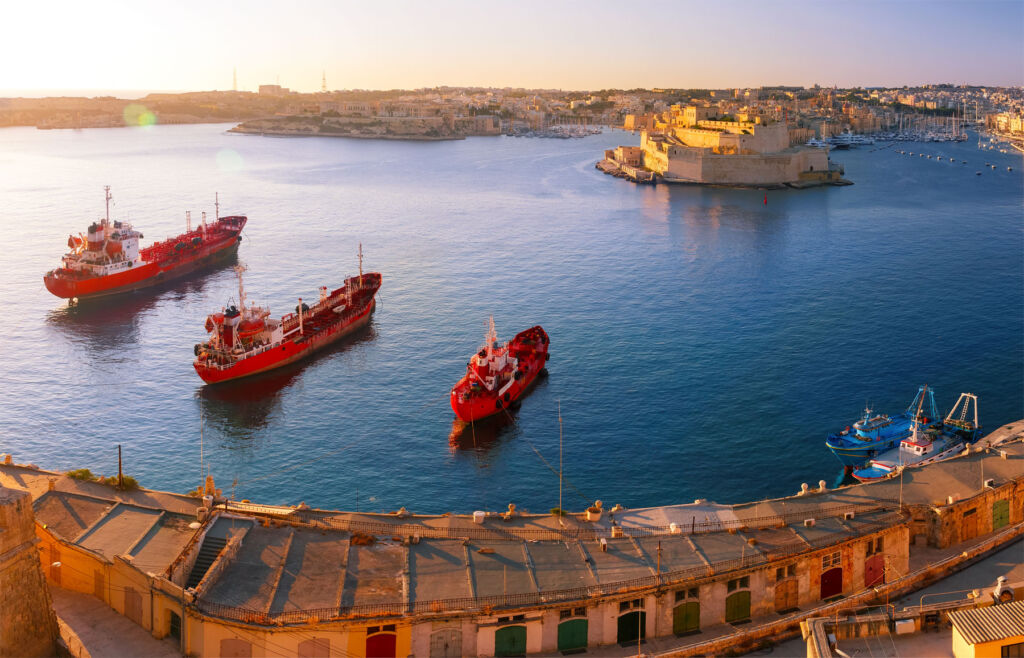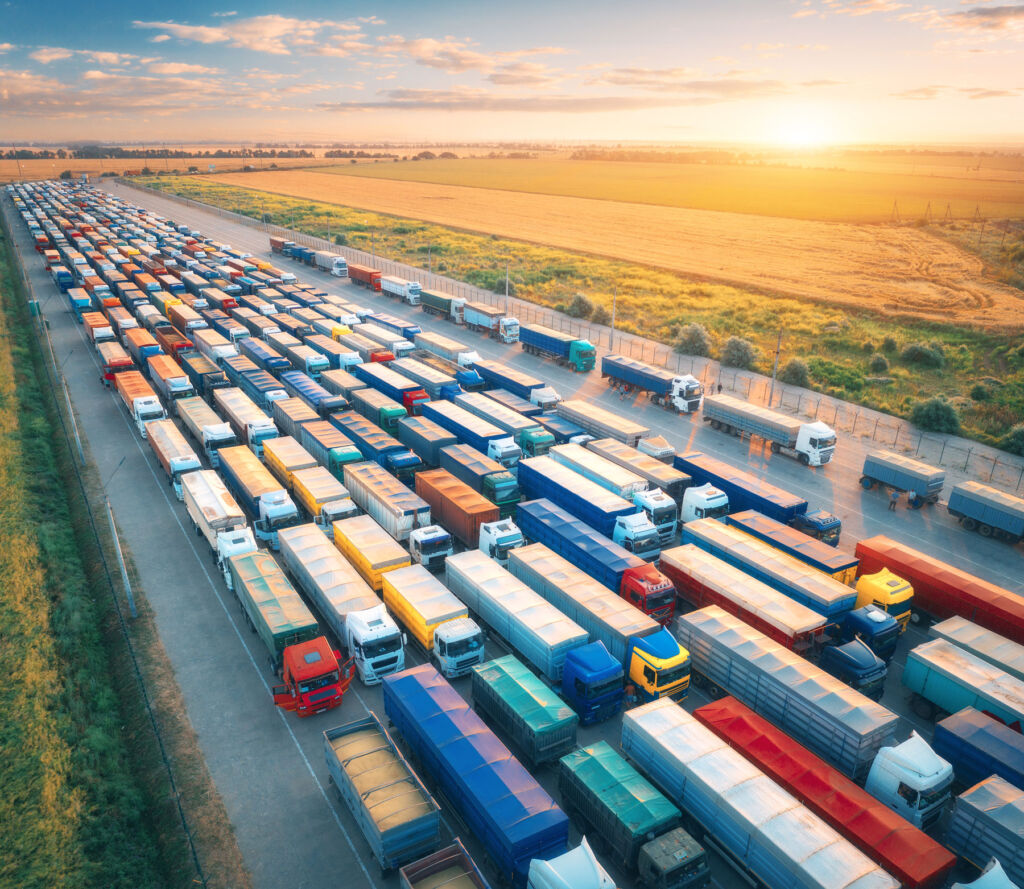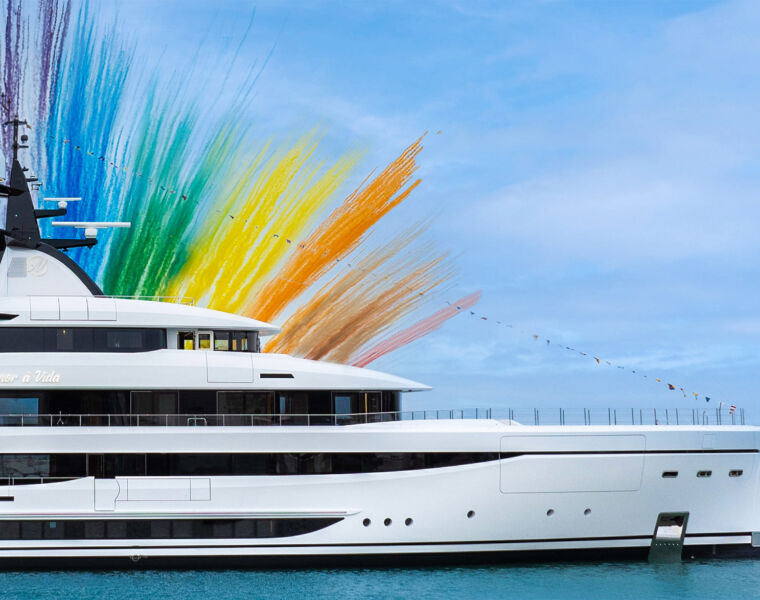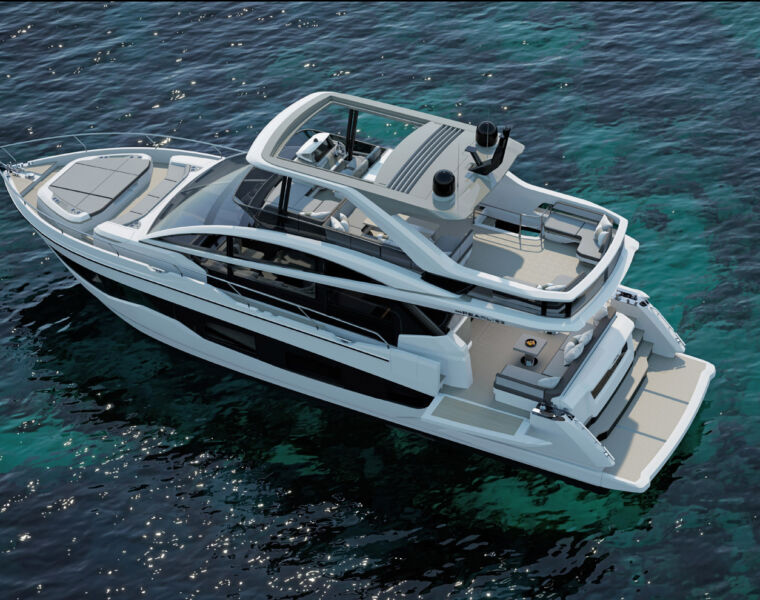
Electric mobility is thought by many to be the solution to the planet’s woes. Over the coming years, governments and international bodies are exploring ways for global industries to make the switch with the least possible disruption. Nikhil Kaitwade, Chief analyst of Automotive at Future Market Insights Inc., looks into how electric boats and ships can change the face of maritime trade in the coming years.
From ferry boats to cargo ships, electrified shipping is picking up pace. With maritime trade continuing to rise, the logistics and shipping industry is seeking approaches to decarbonise the grid, paving the way for several path-breaking developments.

The United Nations Conference on Trade and Development (UNCTAD) estimates that ships transport around 80% of the world’s goods. As of 2022, transportation by ships is predicted to increase by 3.8% per annum.
Ships emit copious amounts of exhaust gases, such as sulfur oxides, soot particles, nitrogen oxides, fine dust, and carbon dioxide. It is reported that a single large fossil fuel-driven ship emits as much CO2 as 70,000 cars, as much nitrogen oxide as 2 million cars, and as much dust and carcinogenic particles as 2.5 million cars. Out of the total global air emissions, shipping accounts for 18-30% of all nitrogen oxides.
Given these statistics, it is prudent to assume that shipping is among the most polluting industries in the transportation sector. Fortunately, alternatives are being developed. One such breakthrough is the introduction of electric boats.
It is expected that electric boat sales are likely to reach US$ 19 billion by 2032, up from US$ 5.65 billion in 2022, at a CAGR of nearly 13%. While still in the initial stages, the scope for electric boats- for recreational as well as commercial purposes- is anticipated to be immense in forthcoming years.
Decarbonising the Shipping Chain Contributing Substantially to Electric Boat Sales
Shipping constitutes an essential part of global trading activities. Like every other industry, shipping is also looking for avenues to reduce carbon emissions. With every country pledging to implement the Paris Agreement, it is important for shipping to curtail their emissions on a fast-track basis. The International Maritime Organization (IMO) is already chalking out a plan to reduce the incidence of shipping pollution, seeking to reduce greenhouse gas emissions by at least 50% by 2050.
Furthermore, the IMO intends to facilitate a reduction of the intensity of carbon emissions by 40% by 2030 and 70% by 2050, compared to 2008 levels. While the urgency is clear, there are substantial costs to achieving this objective. The total cost of decarbonisation has been estimated at US$ 1.65 trillion by 2050. Moreover, there is also a conundrum in the fact that zero-emission energy sources are less competitive when compared to conventional fuels. Fossil fuels are comparatively cheap, reliable, and readily available, creating a competitive gap that cannot be filled on its own.
To achieve parity, new policies are needed to incentivise and regulate ship owners, operators, and fuel providers in a direction that facilitates investments in alternative fuels and technology to enable a zero-emission fleet. Despite these bottlenecks, electric options for boating are beginning to take root across the globe. Several manufacturers are embarking on the quest to build and design fully electric and hybrid gas/electric boats and outboard motors. These eco-friendly alternatives are likely to assist in preserving the environment at the individual and global levels.
Progressive Government Policies providing Impetus to Electric Boat Demand
Given the importance of shipping’s role in maritime trade, governments worldwide are framing and implementing supportive and progressive policies furthering the uptake of electric boats. Interventions from port authorities to reduce marine and air pollution are prompting shipping companies to undertake fleet electrification. A case in point is Maersk, which, in January 2022, launched its first offshore electric vessel-charging station venture- Stillstorm.
Stillstorm is expected to offer offshore electric charging solutions to vessels at ports, hubs and offshore energy operations. This offshore charging solution has proven critical in curtailing emissions from the shipping industry. According to reports, this initiative is anticipated to help cut 5 million tons of greenhouse gas annually. The charging buoy is large enough to charge an SOV-sized battery or hybrid-electric vessel. The solution is likely to be scaled up to supply power to larger vessels, permitting them to turn off engines while laying idle.
At the government level, significant progress is being made. In May 2021, for example, the U.S. Senate brought into force the Fueling America’s Security and Transportation with Electricity Act of 2021 (FAST Electricity Act). Through this initiative, the government created a new federal tax incentive to accelerate the manufacturing and adoption of all types of electrified transportation modes, from recreational boats to industrial equipment.
The Act has established a 30% investment tax credit for recharging or hydrogen refuelling infrastructure needed to power future generation vehicles. The FAST Electricity Act has enabled the marine business to invest in next-generation propulsion technologies and associated charging infrastructure.
Rethinking Domestic Shipping Routes through Electric Vessels- How Viable are they?
A greenfield opportunity for electric boat manufacturers lies in the fact that various domestic shipping routes could be electrified. As countries attempt to transition towards electric mobility, the first step they may want to implement is to wean off conventional fossil fuels across local shipping routes.

With the Yara Birkeland in Norway replacing 40,000 diesel freight trucks on the roads each year, the proposal to electrify the Stena Line ferry routes is on track to reduce emissions year after year. The Stena Elektra is proposed to be launched by 2030.
The company currently operates the Stena Jutlandica, which ferries passengers from Gothenburg in Sweden, to Frederikshaven, Denmark. It is a fully electric vessel with a battery capacity of 50,000 kilowatt hours (kWh). The new ship is expected to be 215 meters long, with a capacity of 3,100 lane meters, 160 trucks or 700 cars, and up to 1,500 passengers. Likewise, the Ellen pure electric ferry has a battery capacity of 4,300 kWh, a 4 megawatt (M.W.) charging rate, and a capacity to offset 2,000 tons of carbon dioxide, 41.5 tons of NOx, and 1.35 tons of SO2.
Since 2020, the Japanese marine transportation company Asahi Tanker has been developing two electric propulsion tankers which would operate as fuel supply vessels in Tokyo. Using the e5 model designed by e5 Lab, the vessel is expected to provide a solution to the challenges faced by the Japanese shipping industry, especially concerning greenhouse gas emissions and labour shortages.
Conclusion
From the analysis above, it is evident that the shipping industry’s primary concern is to curtain carbon emissions to the largest possible extent. Electrification has the potential to play a major role in transforming the mobility industry, presenting ample opportunities in all vehicle segments. This includes maritime mobility. However, despite all efforts, the pace and extent to which this will be realised differ from country to country.
A host of factors are responsible for this variance- from effective policy decisions to market competitiveness, viability, and affordability to the presence of prominent market players. Hence, a sustained and collective effort at all levels is required if the goal of electrification is to be realised. Furthermore, as international frameworks on climate change mitigation continue to take place, electric mobility in marine traffic will continue receiving impetus.
At the same time, structural challenges are acting as impediments to electric vessel adoption. One of the biggest obstacles is a dearth of charging infrastructure. There is already the issue of providing shore-side electricity, as cruise ships require electricity to keep their hotel operations running while docked. These facilities are quite rare, and port authorities would need to invest heavily in charging equipment. Therefore, it would be even tougher to make arrangements for offshore charging equipment. In spite of these challenges, a new era of mobility is about to dawn in the marine transportation industry, and one can only expect investments to grow exponentially in the future.
This guest feature was written by Nikhil Kaitwade, Chief analyst of Automotive and Associate Vice President at Future Market Insights.
Nikhil Kaitwade has more than a decade of experience in market research and business consulting, having delivered over 1500+ client assignments predominantly in the Automotive, Chemicals, Industrial Equipment, Oil & Gas, and Service industries. His core expertise is in formulating research methodology, creating a unique analysis framework, statistical data models for pricing analysis, competition mapping, and market feasibility analysis. He is also adept in advising clients on identifying growth potential in established and niche market segments, investment/divestment decisions, and market entry decisions.
Nikhil is an MBA in Marketing and I.T. and a Graduate in Mechanical Engineering and has authored several publications and quoted in journals like EMS Now, EPR Magazine, and E.E. Times, among others.

Future Market Insights Inc.
Future Market Insights Inc. is an ESOMAR-certified business consulting & market research firm, a member of the Greater New York Chamber of Commerce, and is headquartered in Delaware, US. It collaborates with global enterprises in their business transformation journey and helps them deliver on their business ambitions. The company counts 80% of the largest Forbes 1000 enterprises among their clients. In addition, it serves global clients across all leading & niche market segments across all major industries.
Read more yachting and boating news, guides and opinion pieces here.
![]()




You must be logged in to post a comment.